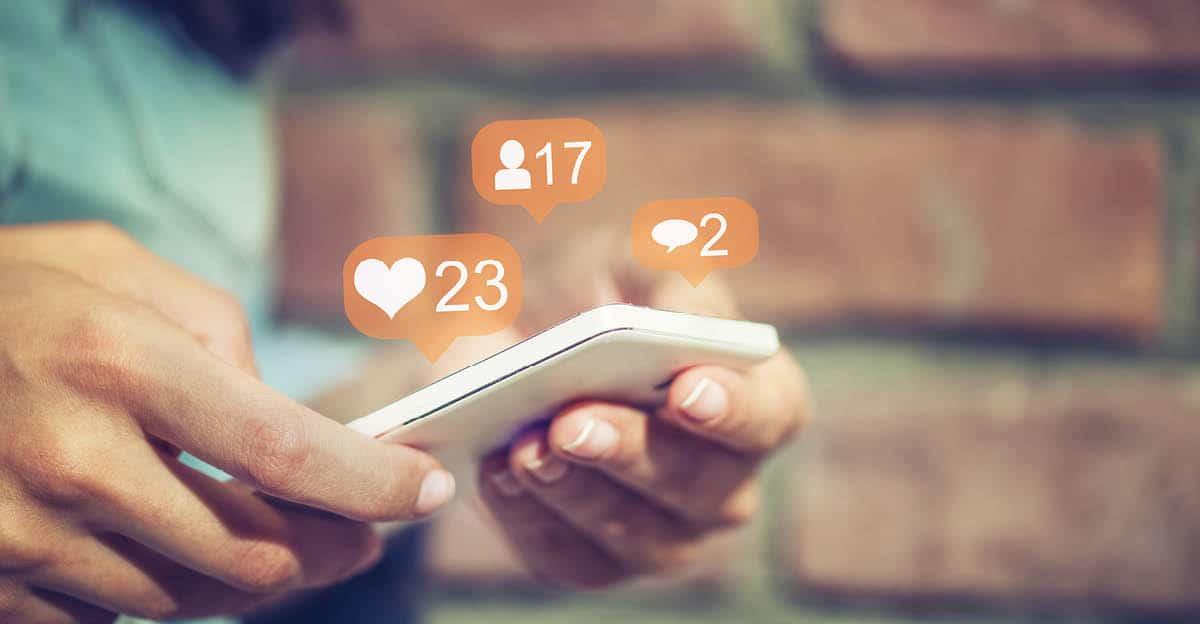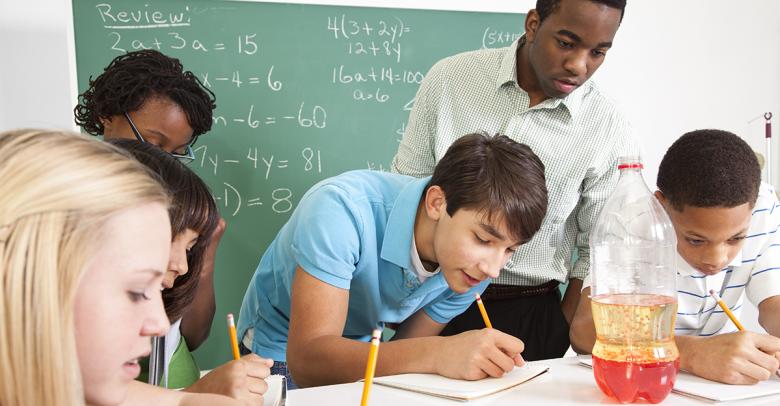SnapChat. Instagram. Facebook. Twitter. YouTube. For most young people, these social media are a part of their daily lives. While recent studies suggest that social media may have a negative impact on young people’s social interactions, brain development, and mental health, there are also some positive benefits of social media. Understanding the data on the positive and negative impact of social media on young people’s mental and emotional wellbeing can help parents, educators, and young people engage in safe and responsible social media usage.
Screen Time, Social Media, and Mental Health
Research has shown that teens who spend more “screen time” than average on activities like social media, internet browsing, and texting are more likely to be unhappy than teens who spend more time than average on nonscreen activities like exercise and in-person social interactions. Screen time and social media usage are also linked to increased reports of depression, loneliness, and risk factors for suicide, as well as increased rates of anxiety.
Social media addiction is a growing problem and has been described as more addictive than cigarettes or alcohol. Not surprisingly, smart phone and social media use can diminish the quality and quantity of sleep. Sleep and mental health are correlated and it is not clear whether poor sleep contributes to depression and anxiety or depression and anxiety contribute to poor sleep. However, it is clear that social media and smart phone use are implicated in both.
Cyberbullying
Bullying that takes place using technology and electronic devices such as social media and smart phones is called cyberbullying. Cyberbullying can include mean, hurtful social media posts or text messages and posting embarrassing photos, statements, or videos online.
Cyberbullying is especially detrimental because it can take place any time of the day, every day, and it is easy for the cyberbully to remain anonymous. Moreover, cyberbullies can distribute their hurtful messages to a large number of people very quickly and it is very difficult to remove the messages once they have been posted or sent.
Victims of cyberbullying are more likely to experience depression, anxiety, self-harm, loneliness, and problems with self-esteem. There have been numerous cases where the victims of cyberbullying committed suicide because of the negative impact these images, messages, rumors, videos, and statements had on the victims.
Negative and Positive Effects of Specific Social Media
Different social media platforms have different negative effects on youth mental health. The Royal Society for Public Health (RSPH) published a report on the 5 most popular social media platforms (Facebook, Instagram, Snapchat, Twitter, Youtube) among young people in the U.K.. The study ranked these 5 social media platforms according to the degree of impact, both positive and negative, on the health and wellbeing of the young people surveyed. They asked about the impact of factors such as anxiety, depression, loneliness, sleep, self-identity, body image, bullying, and “fear of missing out” or FOMO.
Instagram was ranked worst, and Snapchat was ranked the second worst for having a negative impact on anxiety, depression, loneliness, sleep, body image, bullying and FOMO among young people. YouTube was ranked as having the most positive impact on young people’s health and wellbeing, and Twitter was ranked as having the second most positive impact. Facebook was third in the rankings.
Social media’s positive impacts on young people include increased access to expert health information, increased access to other people’s health experiences (e.g., testimonial type videos on YouTube), and increased emotional support from contacts. Experts agree that learning about others’ “lived experiences” and receiving expert health information benefits young people by increasing health literacy and providing them with practical strategies and coping mechanisms.
According to an Associated Press survey, U.S. teens ages 13-17 are most likely to use Instagram and Snapchat, and the RSPH report indicates that Facebook is the most commonly used social media platform in the U.K.
Safe Social Media Usage
Below is a sample of some of the RSPH recommendations for safe social media use:
- Pop-up warnings for heavy social media use
- Highlighting when photos of people have been digitally altered
- Teach safe social media use in Physical and Health Education classes in schools
- Discreetly identifying users who might have a mental health problem and offer information on receiving support
- Train those who work with youth in safe social media usage
Educators, parents, and students should understand both the positive and negative impacts of different social media and utilize that information to help young people make choices about safe and responsible social media usage.
References
What is Cyberbullying. Retrieved from https://www.stopbullying.gov/cyberbullying/what-is-it/index.html#effectsofcyberbullying
Royal Society for Public Health (2017). Status of mind: Social media and young people’s mental health and wellbeing. Retrieved from https://www.rsph.org.uk/our-work/policy/social-media-and-young-people-s-mental-health-and-wellbeing.html
Twenge, J. (2017, September). Have smartphones destroyed a generation? The Atlantic. Retrieved from https://www.theatlantic.com/magazine/archive/2017/09/has-the-smartphone-destroyed-a-generation/534198/
Dr. Peggy Mitchell Clarke
Dr. Peggy Mitchell Clarke is a clinical psychologist and retired psychology professor who has lived in Denver, Colorado for almost two decades. In the aftermath of the 2012 Aurora theater shooting, Dr. Clarke was instrumental in developing and facilitating active shooter response and violence prevention training for all faculty and staff at Community College of Aurora (CCA).
Read more posts by Dr Peggy Mitchell Clarke–>







Leave a Reply